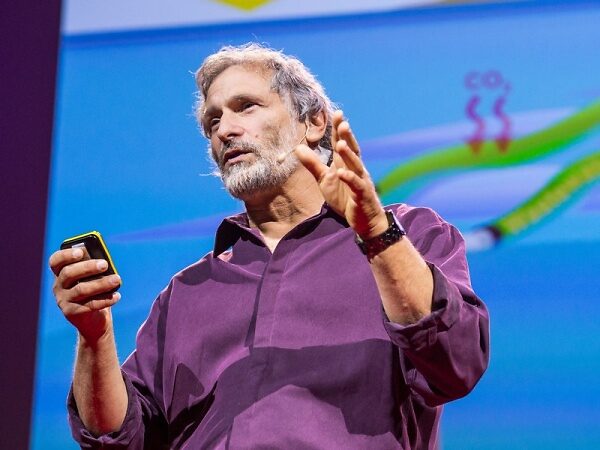Lecture 2: Inside story on the structure and function of a living nano-machine. Seminar by Dr. Jonathan Trent, NASA Ames Research Center, UC. Santa Cruz

Date
Location
Description
Jonathan Trent, Ph.D.
NASA Ames Research Center, UC. Santa Cruz
Lecture 2: Inside story on the structure and function of a living nano-machine
-------------------------------------------------------------------------------------
Date: Wednesday, November 12th, 2014
Time: 13:00 – 14:00
Venue: C209, Center Bldg., Level C
------------------------------------------------------------------------------------
Abstract:
“The more you take these living things apart, the further you get from biology and finally there remain only the majestic, eternal, and all embracing physical laws of inanimate matter.”
H. Selye, In Vivo (1967) p. 19
One of the first lessons in biology is that it is easy to take living things apart, but impossible to reasemble them. Indeed, it is easy to disassemble a cell into its constituent parts even down to the molecular level, and biologists have made amazing breakthroughs by studying bio-molecules in vitro. The central dogma of molecular biology is that DNA makes RNA makes proteins and the elegant details of this complex process are emerging. One of the remaining mysteries however, is the process by which a protein reaches its final folded form within the crowded confines of the living cell.
In 1972, Christian Anfinsen got a Nobel Prize in Chemistry for his research that showed that a ribonuclease can spontaneously fold into a functional conformation in solution, establishing that the chemical interactions required are contained within the protein’s amino acid sequence. In the mid 1980’s a group of scientists, studying heat shock proteins (HSPs), proposed that inside cells HSPs assist in protein folding by preventing inappropriate interactions and they introduced the concept of “molecular chaperones.”[1] While this theory has many supporters, studies of organisms living in near-boiling sulfuric acid demonstrate that it is fundamentally wrong.[2], [3] As Richard Feynman wrote: “It doesn’t matter how beautiful your theory is, it doesn’t matter how smart you are. If it doesn’t agree with experiment, it’s wrong.”
Attachments
Subscribe to the OIST Calendar: Right-click to download, then open in your calendar application.



